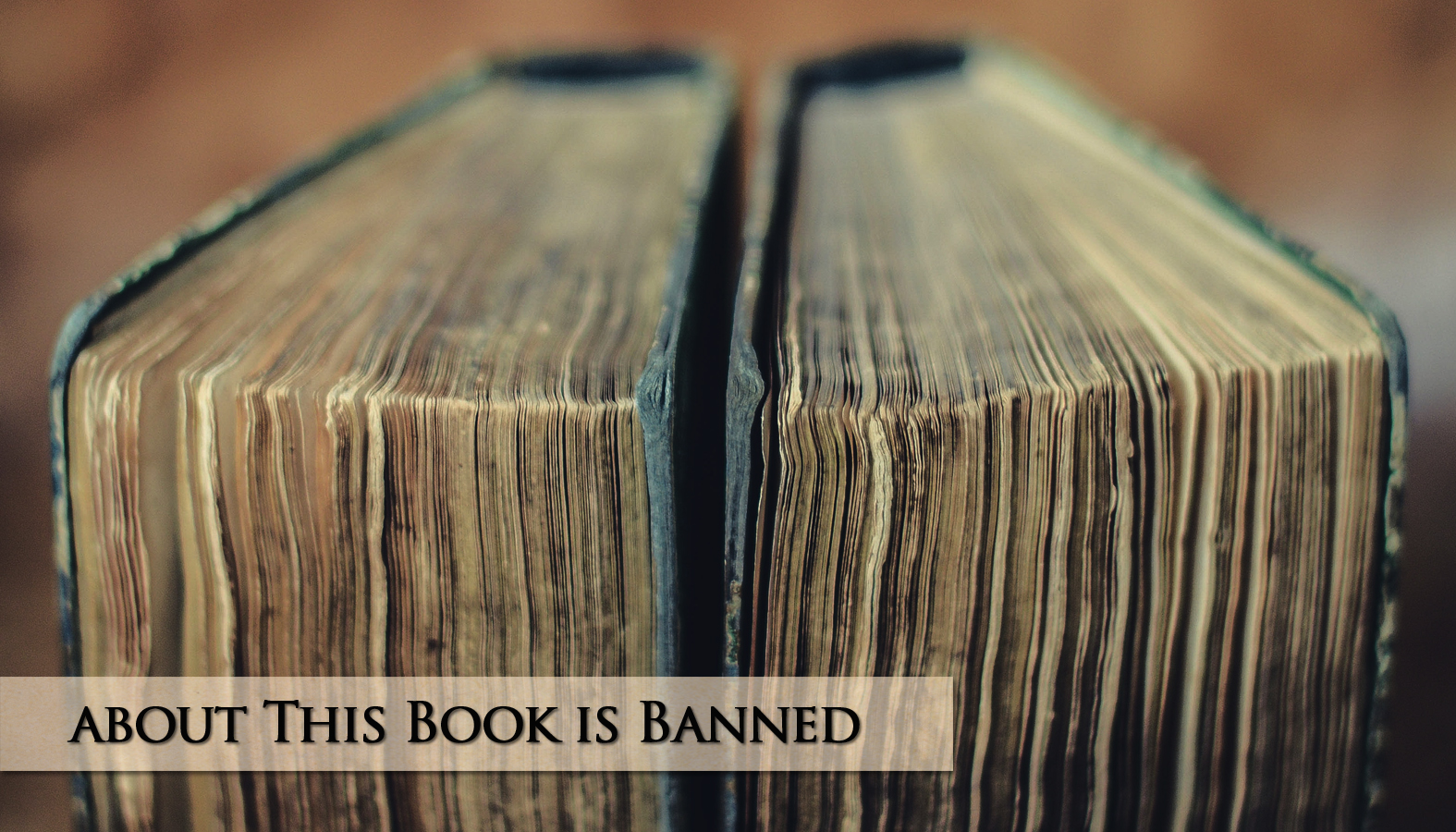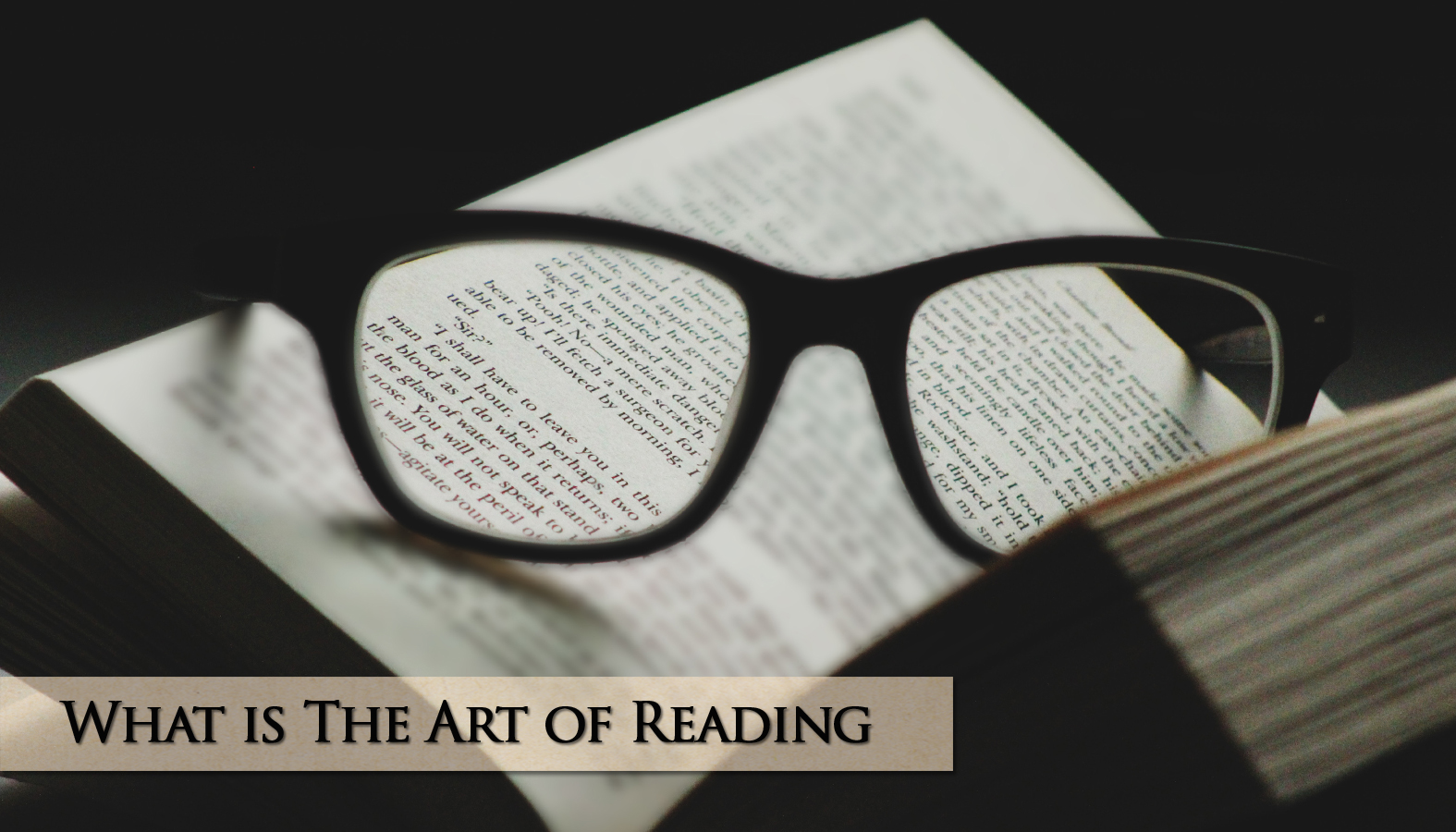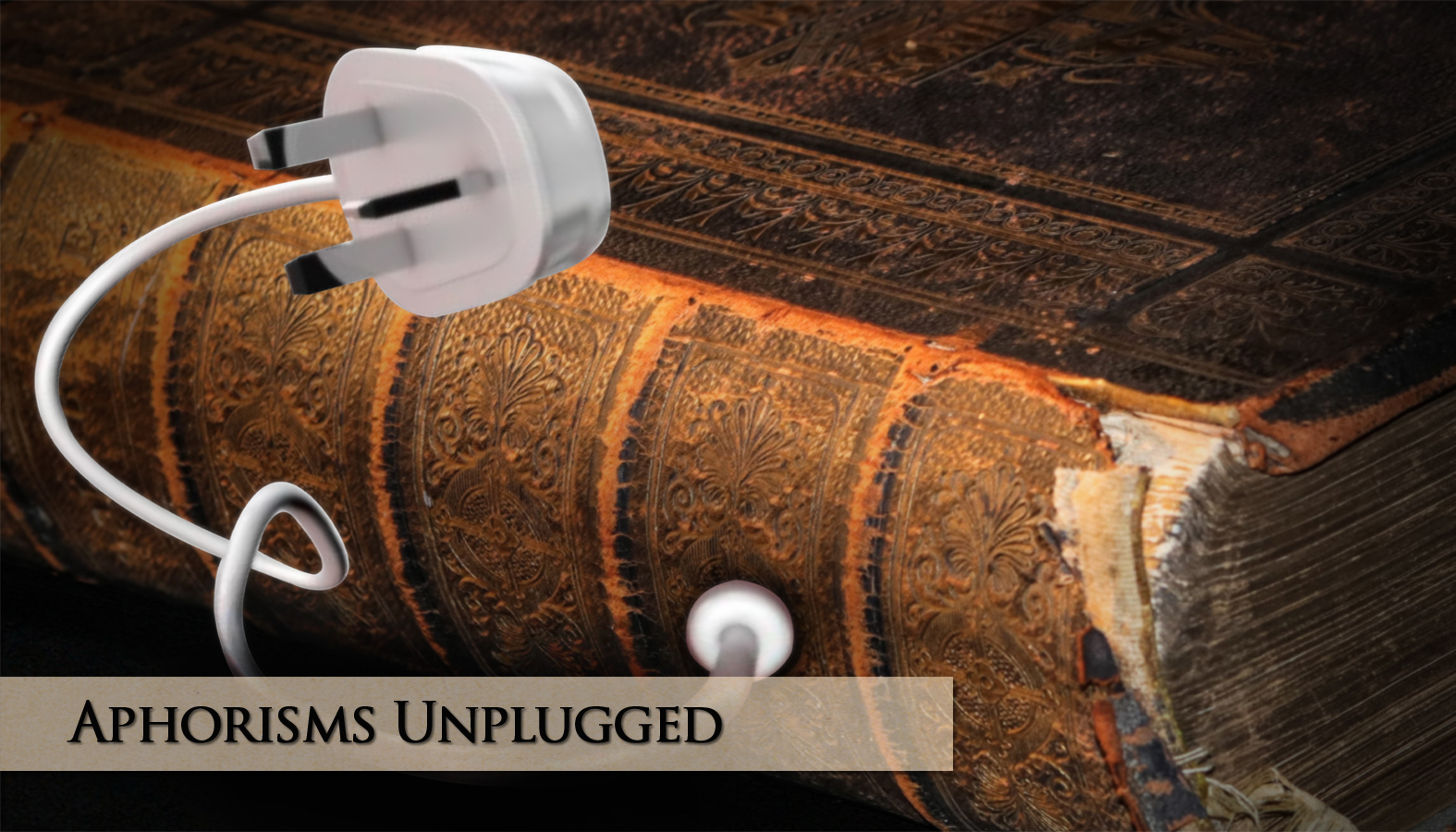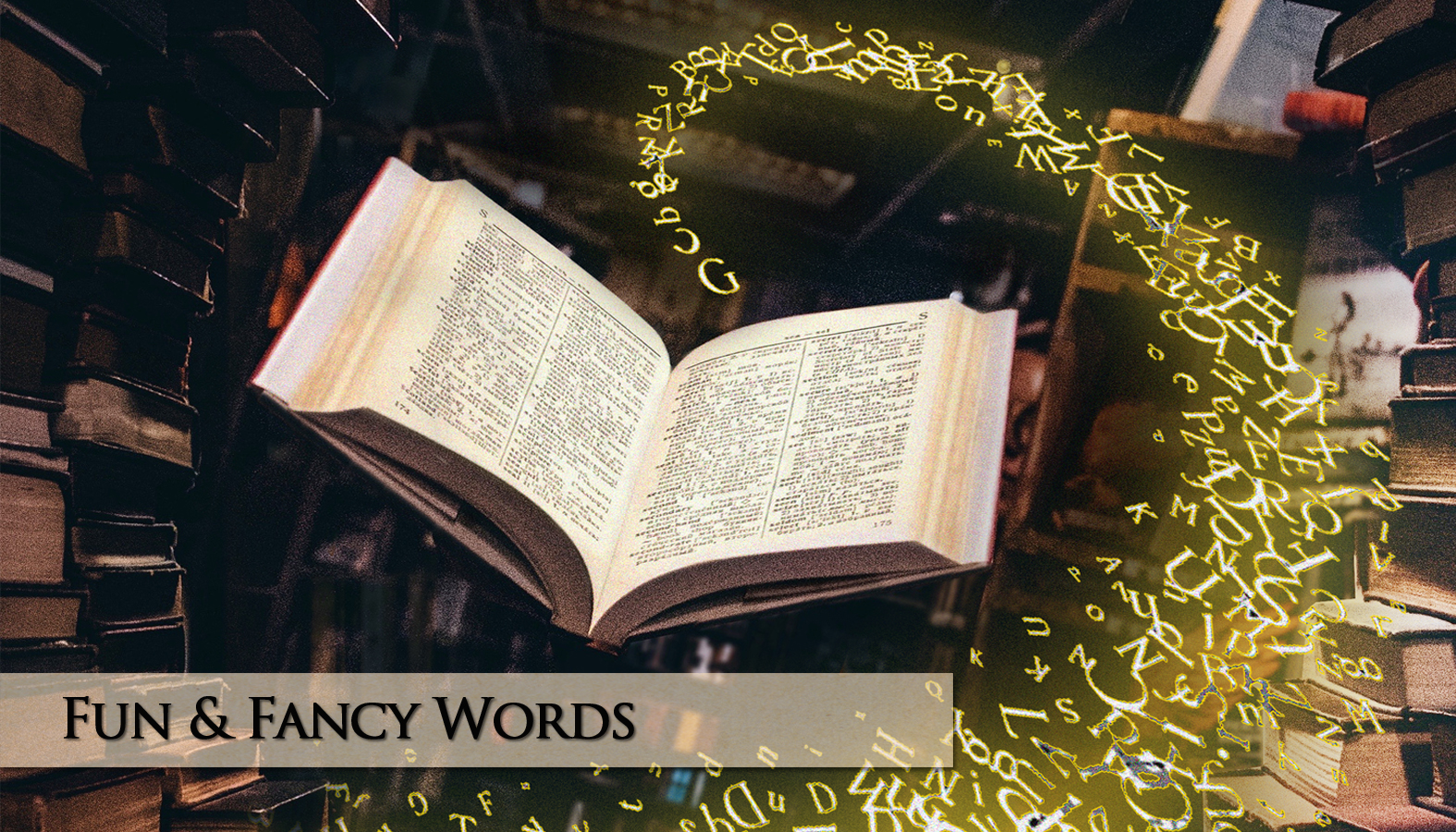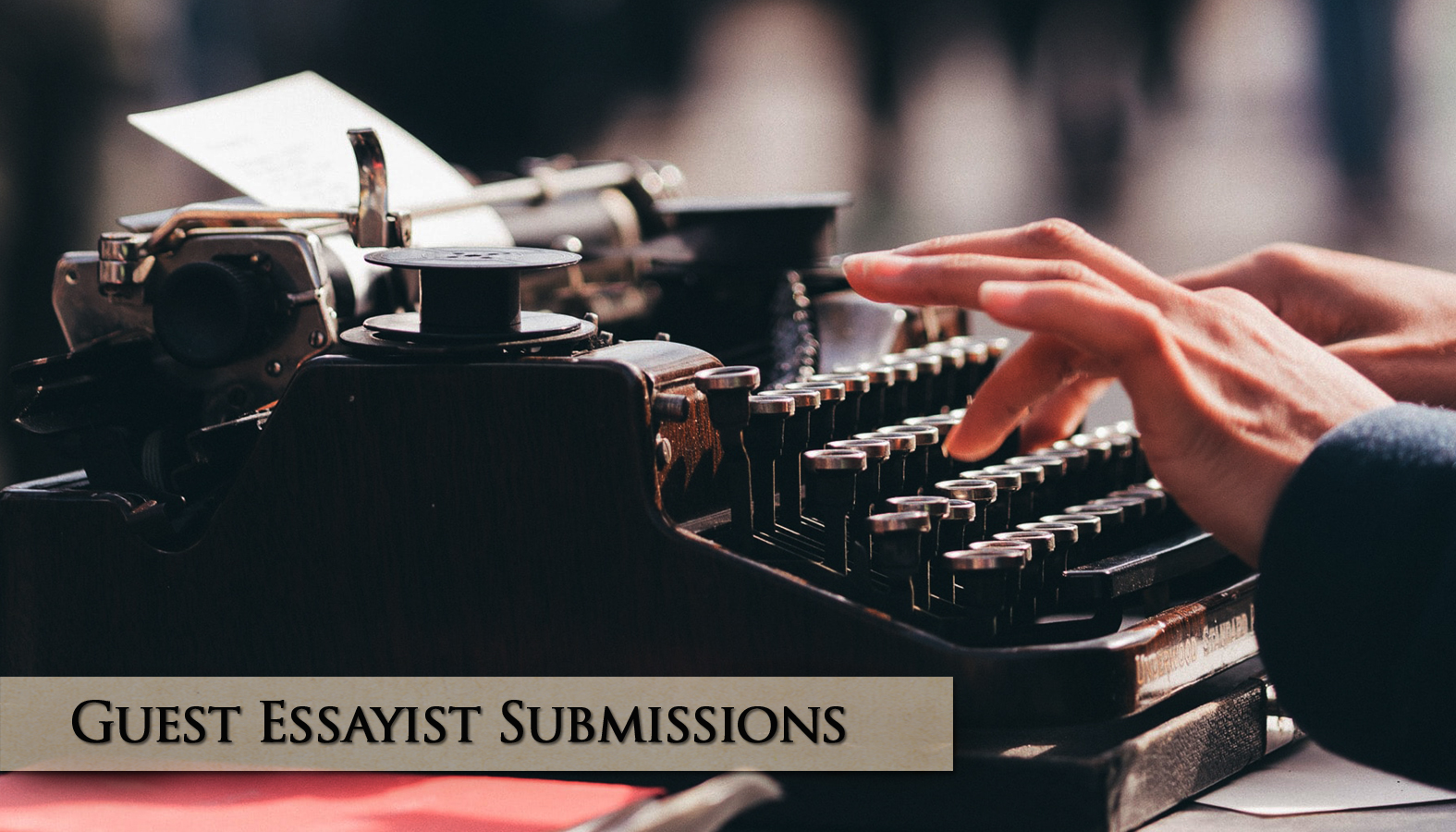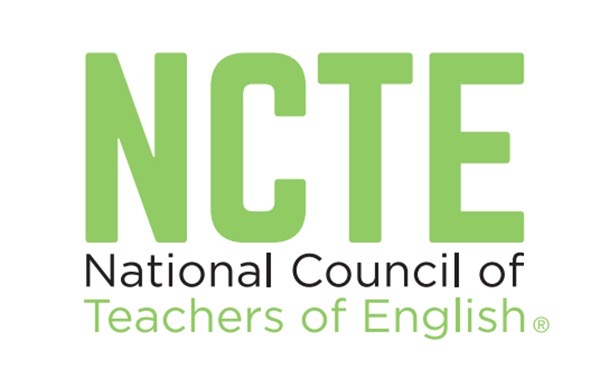Novels are Like Layer Cake – Be Sure to Get Every Bite.
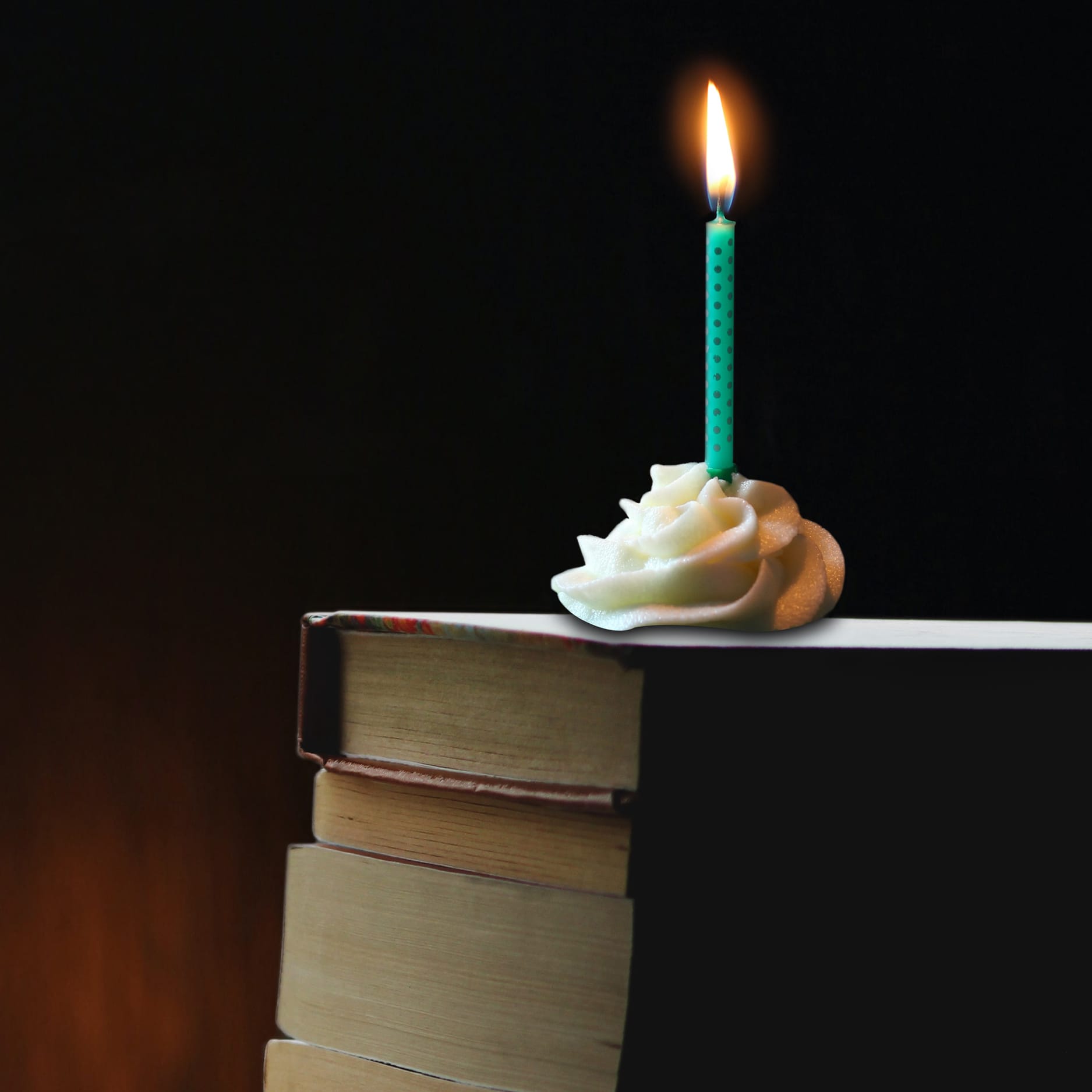
 he first thing we notice about a birthday cake is the icing. And who doesn’t love a good butter cream or chocolate ganache. But there’s more to these delicious delicacies than just frosting. Without the rich, baked layers upon which it rests, a cake’s icing would be little more than a puddle of sugary goo. Admittedly delicious, but definitely lacking substance.
he first thing we notice about a birthday cake is the icing. And who doesn’t love a good butter cream or chocolate ganache. But there’s more to these delicious delicacies than just frosting. Without the rich, baked layers upon which it rests, a cake’s icing would be little more than a puddle of sugary goo. Admittedly delicious, but definitely lacking substance.
The same goes for novels. The first thing we notice is the plot. And who doesn’t enjoy reading about a couple guys on a cross-country rager, or a spooky old haunted mansion with an ancestral curse. Hermann Hesse describes this type of reader as “naïve.”[1] They relate to books like a horse to its driver: the book leads, and the reader simply follows. The book’s substance is accepted without question.
But, as Hesse also points out, a book’s content is not the only consideration![2] Just like a birthday cake and its icing, there’s more to a novel than its surface narrative. This is important to keep in mind because, human storytelling has never been only about entertainment. It’s the layers beneath the compelling plot that contain the novel’s meaning.
It may be easy to figure out the “don’t talk to strangers” message underpinning Little Red Riding Hood’s storyline but reading a novel beyond plot-level is a complex and often challenging undertaking. Bearing that in mind, here are a few tools for delving below a novel’s surface plot. Tools that will help you engage and interpret a novel rather than just follow the dotted line from one plot point to the next. Tools designed to make sure you “get every bite.”
Carl Sagan’s insight into reading books is spot-on. It’s also a good place to start for reading beyond plot:
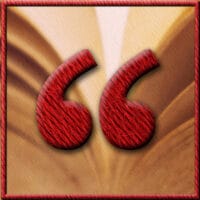
…you’re inside the mind of another person, maybe somebody dead for thousands of years. Across the millennia, an author is speaking clearly and silently inside your head, directly to you.[3]
It’s an intriguing thought. And especially thought-provoking in the context of F. Scott Fitzgerald’s observation, “You don’t write because you want to say something; you write because you’ve got something to say.”[4] Hesse describes those who read from this perspective as engaging a book the way “a hunter follows his prey.”[5] In this case, the prey is a glimpse of what lies beyond the work’s surface narrative.
So, who is the person speaking to you from the pages of the book you’re reading? What was going on in the world at the time they were writing it? And what is it they were compelled to say?
..
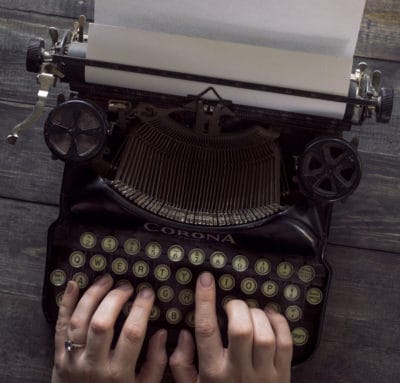
Who’s Doing the Talking?
For instance, a reader doesn’t need to know very much about Jack Kerouac before it is apparent that his novel On the Road is about more than a couple guys getting their kicks on an extended road trip.
Kerouac was part of The Beat Generation, a literary movement that emerged in the early 1950s. Like the Lost Generation of the 1920s, The Beats are a post-war phenomenon. Having experienced the shock and carnage of the world’s first mechanized war, the Lost Generation was born of a sense that nothing meant anything anymore.
The Beat Generation on the other hand has been described as a “seeking” generation. And their essential question was how to live rather than what is there to live for. They faced post-war disillusionment with what Beat poet John Clellon Holmes described as “an almost exaggerated will to believe in something…even in the face of an inability to do so in conventional terms.”[6]
On an individual note, Kerouac considered writing his “duty on earth.”[7] And he is renowned for the writing style he described as “spontaneous prose.”[8] Kerouac’s method is shaped by the notion of rhythm and breath, like meditative breathing or that of a jazz musician.[9]
His style is characterized by a free association of the subconscious mind and an undisturbed flow of words. This method is doubly intriguing when combined with the fact that On the Road was typed on a 120-foot scroll so Kerouac’s stream of consciousness writing wouldn’t be interrupted by the need to insert a new sheet of paper into the typewriter.
Writing is clearly a meditative practice for the literary iconoclast. Knowing this about Kerouac, as well as understanding the historical environment he was operating in, sparks the realization that On the Road is about more than a meaningless cross-country rampage.
When reading from this perspective, we keep our eyes open for phrases and literary devices that enable us to interpret the novel we’re reading rather than simply follow its plot. Our minds are open to the nuanced phrasing and symbolic language that guide us to what (in this case) Kerouac was compelled to say.
Though Sal Paradise and Dean Moriarty travel back and forth across the country, it is clear that their journey is actually an inward one. And this, of course, is a much richer and more satisfying read than a story about two guys getting their kicks on a cross-country road trip.
..
..

What’s Going on in the World?
Familiarity with a novel’s author and their historical circumstances clearly results in a more meaningful interpretation of the books we read. But it works the other way around as well. Being receptive to the literary work that takes place below the narrative also gives us insight into historical events of the period. Which in turn, not only leads to a greater understanding of American culture and how it developed, but also our place in it.
Take Nathaniel Hawthorne’s book The House of the Seven Gables for example, the haunted mansion novel mentioned above. Even in his day, Hawthorne’s works were characterized as “full of brooding over the past.”[10] (Being descended from magistrates of the Salem witch trials will do that to you.)[11] Hawthorne himself was described as having an “affinity with the weird, the mysterious, the supernatural,” a “passion for exploring the crypts and caverns of the soul.”[12]
And The House of the Seven Gables contains plenty of mystery, shadowy shapes, and gloom. The old Pyncheon house is indeed haunted by a bona fide ghost. One of its rooms has a mirror in it “fabled to contain within its depths all the shapes that had ever been reflected there.”[13] Not to mention the Pyncheons’ multi-generational curse.
As to the history at work beneath Hawthorne’s narrative, the work’s protagonist, Mr. Holgrave, is a daguerreotypist by trade. Daguerreotypy was the first widespread form of photography, and in an age of selfies it’s easy to lose sight of just how revolutionary this new technology was. Which is precisely the point.
If we’re only reading at plot level, Hawthorne’s decision to have the descendent of a convicted wizard earn his living as a daguerreotypist is little more than good fun. But the audience of Hawthorne’s day would definitely have understood the significance of pairing wizardry and daguerreotypy.
Unlike drawings and paintings which are products of the human hand, photography has a seemingly magical ability to reproduce life. And a lot of people found this frightening. [14] The first article on daguerreotypy published in the United States, described it as a “real black art of true magic.”[15] The author goes on to say:

What would you say to looking in a mirror and having the image fastened!! As one looks sometimes, it is really quite frightful to think of it.[16]
Granted, you probably wouldn’t know about of articles like this one unless you’re a historian. That said, a Google search and a little initiative can turn up a lot of useful material for informing a deeper understanding of the book we’re reading at the moment.
Not only that, when we read with the mindset to get all a book has to offer, we’re on the lookout for literary choices like the one Hawthorne made. Why did he pair wizardry and photography?
Such decisions are worth digging into. A literary choice like Mr. Holgrave’s occupation may reflect something about this point in history you never knew, didn’t realize the significance of, or hadn’t considered from the perspective the author presents. And like glasses for a near-sighted person, such insights help us see what’s right in front of us more clearly.
..
How About the Reader?
This is not to say that the reader has nothing to “bring to the party,” as Toni Morrison puts it.[17] I am in no way suggesting that there is an ultimate meaning to be discovered within any text. A reader’s life experience most certainly goes into the making of our proverbial cake.
As the historical circumstances of the author shapes what they write, those of the reader inform their interpretation. For example, hardly anyone talked about The Scarlet Letter in terms of gender, sexuality, and feminism until roughly the late 1960s. Though these themes are prominent in Hawthorne’s work, they simply weren’t on people’s radar until the Women’s Liberation Movement came on the scene.[18]
Speaking of themes… most of us have been taught that a literary theme is a given work’s main topic, what the piece is about. Theme has also been defined as a book’s underlying message, or what the work means. It’s also been boiled down to being the moral of the story.
Many educators consider theme to be one of the most complicated aspects of fiction to discuss, because (as we’ve seen) there’s no simple definition. But there’s one thing these similar but varied renditions have in common – they’re all statements. But themes don’t have to be.
Formulating themes as statements leads to restrictive thinking. Seeing theme as a question, on the other hand, sets up an open-ended thought process, inducing us to ponder larger considerations. For example, noting gender as a theme in The Scarlet Letter ends the discussion… “Hawthorne’s theme is ‘the Puritans were patriarchal tyrants.’”
But considering theme as a question sparks larger thinking, such as “what prompted Hawthorne to choose gender as a means of calling out Puritan theocratic tyranny?” which inevitably leads to “is anything like that happening now?”
Analyzing themes in this manner facilitates a greater understanding of the work itself. But more importantly, the reader can utilize insights they’ve gained to grasp a better sense of the world they live in and their place in it.
That’s what makes stories “true,” even when they’re fiction. It’s what also keeps literature relevant, no matter when it was written.[19]
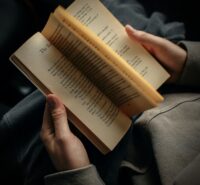
Individual experience also plays a role in how a reader interprets a particular book by coloring how they interpret the symbolic language within the work. For example, if you’re a social studies teacher you might interpret L. Frank Baum’s The Wonderful Wizard of Oz as a “parable on populism,” seeing the Scarecrow as a Kansas farmer and the Tin Woodman as a dehumanized laborer.[20]
A student of mythology might see Joseph Campbell’s monomyth at work in the same text.[21] And any number of contemporary women might interpret Dorothy’s courage, strength and cleverness as a feminist journey. [22] Not only is Baum’s protagonist female, Dorothy saves both the Tin Woodman and the Scarecrow (who happen to be male) from their states of confinement. She also defeats the Wicked Witch of the West, and sets the Winkies free in the process.[23]
Engaging a book strictly through individual experience constitutes another of Hesse’s reading types. This reader doesn’t read to educate themselves, to examine the author’s interpretation of the world. Rather, they confront reading with complete freedom, books are simply sources of stimulus. [24]
This type of reader, as Hesse points out, doesn’t actually read what the author has written. Rather, they “swim in a stream of impulses and inspirations” that reach them from what they are reading.[25] These impulses may emerge from the text, but they might just as easily be triggered by the type face. If there’s no concern for the author’s intent and meaning, you might as well be reading instructions on how to assemble a piece of IKEA furniture. [26]
_________

When Horizons Merge.
Interpretations deriving from readers’ life experience shouldn’t stand alone any more than the biographical/ historical interpretations we explored earlier. The best way to get every bite of literary cake, is a fusion of the different horizons we’ve been talking about. Which is simply realizing that both ends of the Author background: Reader response/Contemporary culture spectrum are significant.[27]
F. Scott Fitzgerald’s The Great Gatsby is one example of how such a fusion can play out. When Gatsby is read from the perspective of the Author’s background and history, insight into the disoriented and directionless mindset of post-World War I’s “Lost Generation” may be interesting, but is it relevant?
Those guys are all dead, and prohibition is over… what does it matter. When read from a 21st century reader’s point-of-view, does it resonate? Maybe, but void of a historic context, it is likely to devolve into nothing more than rich people having affairs, drinking too much, and driving too fast.
With a fusion of the respective horizons, however, Jay Gatsby can be seen as suffering from Post-Traumatic Stress Disorder (PTSD), which we didn’t have the language for at the time it was written. The Great Gatsby is among the novels currently being used in the treatment of returning soldiers. Fitzgerald’s work clearly remains relevant, and it definitely resonates.
Arthur Miller’s The Crucible is another good example. On its face, the play recounts a pretty accurate depiction of the Salem witch trials. And Miller tells us he had McCarthyism and the post-World War II “red scare” in mind when he wrote it. A contemporary reader, however, may see parallels between the Puritan church’s abuse of power and oppressive institutions of today, like the American prison system.[28]
In addition to what is contained in the text, however, this fusion of horizons opens the door to discussions about what isn’t there. What types of characters are missing? Why are certain characters depicted the way they are? Whose perspective is privileged? And more importantly, who ends up being marginalized as a result? Questions like these can open our eyes to societal ills like racism, sexism, and vestiges of colonialism. In doing so, they begin unwinding the subconscious thought patterns that perpetuate them.[29]
As we said earlier, like icing on a birthday cake, a book’s plot is what we notice first. But as we have seen, novels are much more than that. “Getting every bite” not only results in a richer, more substantial experience, reading beyond surface narrative ensures that a literary work is never finished saying what it has to say.[30]
_________
___________________________________
Be sure to check out these companion articles:
We May Read for Enjoyment,
But Literature Isn’t Written Just to Entertain Us.
If You’re Not Engaging a Book’s Symbolic Language,
You Aren’t Really Reading It.
Literary Devices:
Literary Devices: The Author’s Toolbox
#literary criticism #The Art of Reading #critical thinking #literacy
Endnotes:
[1] Hesse, Hermann. “On Reading Books.” in My Belief: Essays on Life and Art. Edited by Theodore Ziolkowski. Translated by Denver Lindley. (New York: Farrar, Straus and Giroux, 1974), 101.
[2] Hesse, 101-102.
[3] Sagan, Carl. Cosmos. Episode 11. “The Persistence of Memory.”
[4] F. Scott Fitzgerald. The Crack-Up. Edited by Edmund Wilson. (New York: New Directions, 1993), 111.
[5] Hesse, 103.
[6] Holmes, John Clellon. This is the Beat Generation.” The New York Times. Nov. 16, 1952.
[7] Brinkley, Douglas. Windblown World: The Journals of Jack Kerouac 1947-1954. (New York: Penguin Books, 2006), xii.
[8] Kerouac, Jack. “The Essentials of Spontaneous Prose.” The Black Mountain Review. Issue 7 (Fall 1957), pp 226-228.
[9] Ibid.
[10]More, Paul Elmore. “The Solitude of Nathaniel Hawthorne.” The Atlantic. (November, 1901).
[11] Conway, Moncure Daniel. Life of Nathaniel Hawthorne. (London: Walter Scott, 1890), 171.
[12] Hillard, G. S. “The English Note-Books of Nathaniel Hawthorne.” The Atlantic Monthly. Vol. 26, No. 155. (September 1870), 265-266.
[13] Hawthorne, Nathaniel. The House of The Seven Gables. (New York: Penguin Books, 1986), 20.
[14] America’s First Look into the Camera: Daguerreotype Portraits and Views, 1839-1862.
https://www.loc.gov/teachers/classroommaterials/connections/daguerreotype/history.html
[15] “The Pencil of Nature: A New Discovery.” The Corsair: A Gazette of Literature, Art, Dramatic Criticism, Fashion, and Novelty. April 13, 1839; Vol. 1, 71.
[16] Ibid.
[17] Morrison, Toni. “The Reader as Artist.” O, the Oprah Magazine. Vol. 7, Issue 7. (July 2006), 174.
[18] Milder, Robert. “The Scarlet Letter—Again???” Nathaniel Hawthorne Review, Vol. 40, No. 1 (Spring 2014), 106.
[19] Kramer, Lindsay. “A Guide to Themes in Writing and Literature.” June 29, 2022. Grammarlyblog.
Wrede, Patricia C. “The Question of Theme.”
Bushnell, J. T. “What is a Theme in Literature?” The Oregon State Guide to Literary Terms.
“Theme.” Literary Devices: Definition and Examples of Literary Terms.
[20] Littlefield, Henry. “The Wizard of Oz: Parable on Populism.” American Quarterly. Vol. 16, No.1 (Spring 1964), 52, 53.
[21] Gutierrez, Jene’. “Psychospiritual Wizdom: Dorothy’s Monomyth in ‘The Wizard of Oz.’” The Universe of Oz: Essays on Baum’s Series and Its Progeny. Ed Kevin K. Durand and Mary K. Leigh. (London: McFarland & Co, Inc., 2009).
[22] Kent, Paula. “A Feminist Stroll Down the Yellow Brick Road: Dorothy’s Heroine’s Adventure.” The Universe of Oz: Essays on Baum’s Series and Its Progeny. Ed Kevin K. Durand and Mary K. Leigh. (London: McFarland & Co, Inc., 2009).
[23] “We’ve all come a long way from Kansas! Feminism in The Wizard of Oz.” Her Story Arc blog. herstoryarc.com
[24] Hesse, 103.
[25] Hesse, 104.
[26] Hesse, 104-105.
[27] Gadamer, Hans-Georg. Truth and Method. Trans. Joel Weinsheimer and Donald G. Marshall. (New York: Continuum, 2006), 578.
[28] Torres, Julia E. “Disrupting ‘The Crucible.’” DisruptTexts.org.
[29] Ebarvia, Tricia. Disrupting Texts as a Restorative Practice.
[30] Italo Calivno defined a classic as “a book that has never finished saying what it has to say” in his article “Why Read the Classics?” published in The New York Review of Books. October 9, 1986.
Images:
[1] Who’s Doing the Talking? Photo by Patrick Fore on Unsplash. https://unsplash.com/photos/59lC6TgZAbQ?utm_source=unsplash&utm_medium=referral&utm_content=creditShareLink
[2] What’s Going on in the World? Photo by Sophie Louisnard on Unsplash.
https://unsplash.com/photos/uXzYu8Pxcqc?utm_source=unsplash&utm_medium=referral&utm_content=creditShareLink
[3] What about the Reader? Photo by Seven Shooter on Unsplash.
https://unsplash.com/photos/hPKTYwJ4FUo?utm_source=unsplash&utm_medium=referral&utm_content=creditShareLink
[4] The Individual Reader. Photo by Lilly Rum on Unsplash. https://unsplash.com/photos/iyKVGRu79G4
[5] When Horizons Merge. Photo by Mary Bartling.





